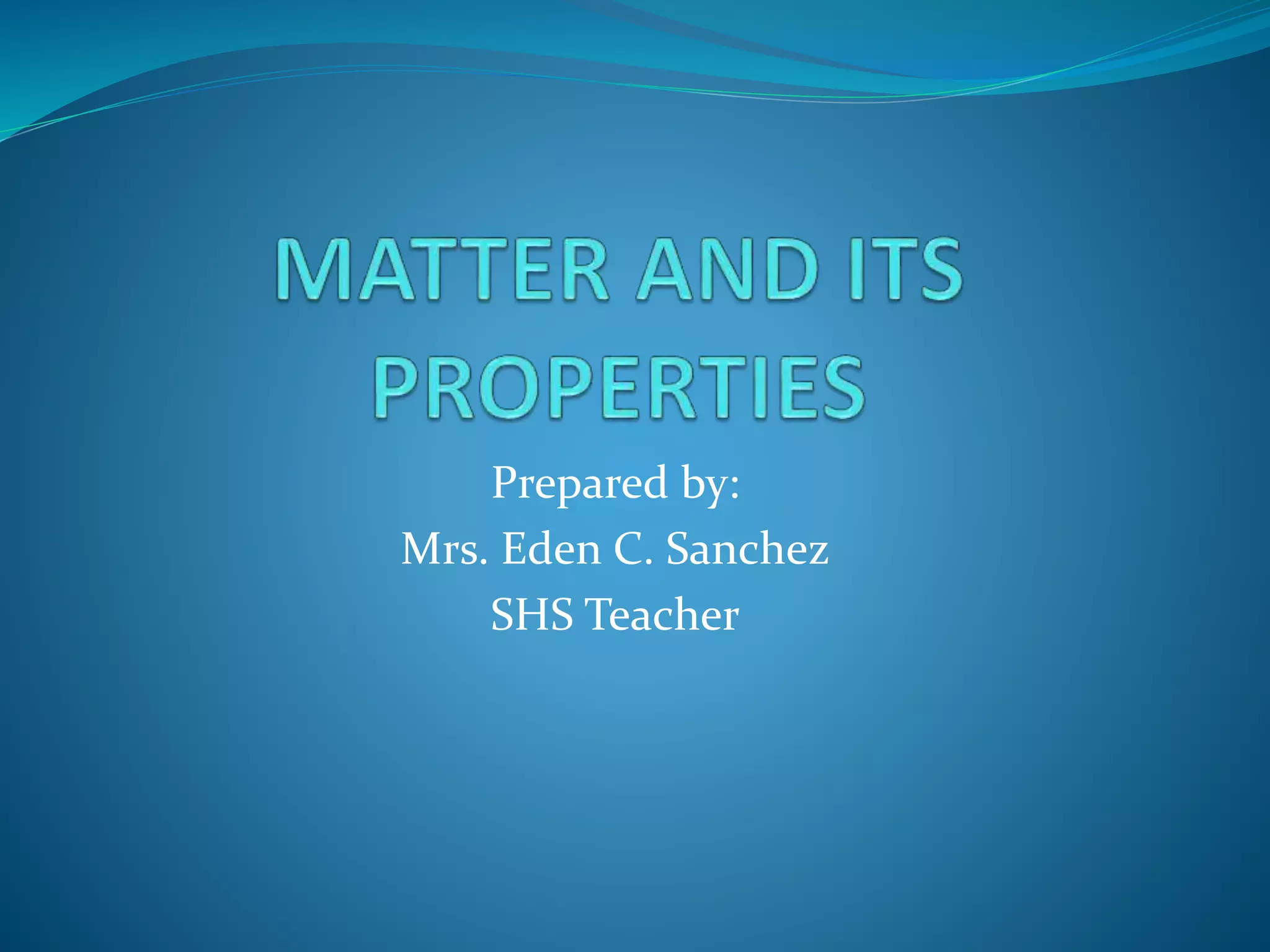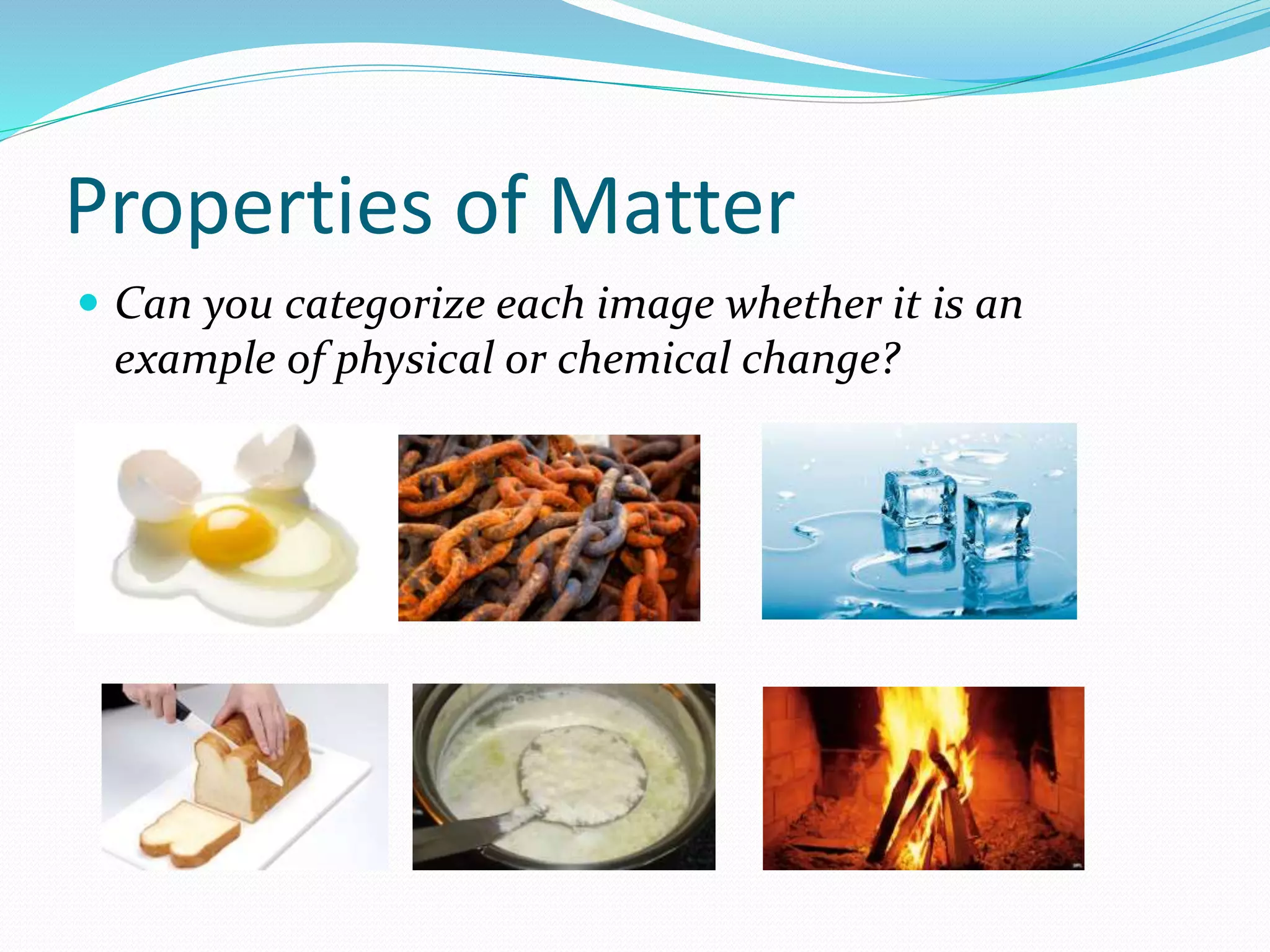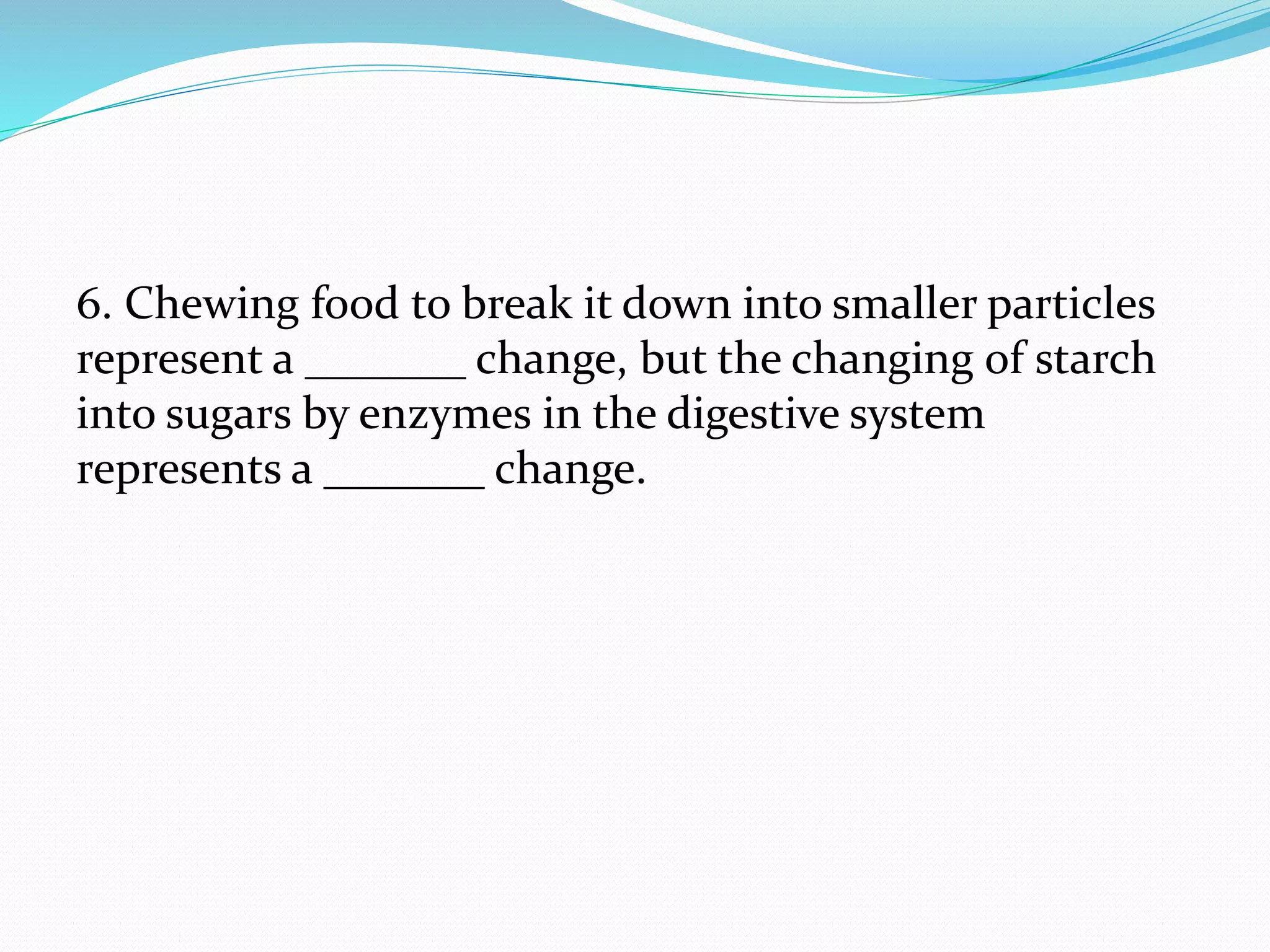Here are some common methods used to separate mixtures:
1. Sifting - Used to separate mixtures where components differ in size, such as separating sand and gravel. The smaller particles pass through the mesh, while larger ones are retained.
2. Magnetic separation - Used to separate mixtures where one component is magnetic, such as separating iron filings from sand. A magnet attracts and retains the magnetic component.
3. Filtration - Used to separate mixtures where components differ in physical state, such as separating solids from liquids. The liquid passes through the filter, while solids are retained.
4. Centrifugation - Used to separate mixtures where components differ in density, such as separating cream from milk. Spin




















































